Crime Laboratory
The San Diego Police Department Crime Laboratory provides the department and San Diegans a comprehensive, impartial, reliable, accurate and timely scientific analysis of evidence by experts skilled in the latest forensic technologies. The Crime Laboratory consistently strives for excellence in meeting the forensic needs of the local criminal justice community. The SDPD Crime Laboratory is a full-service laboratory that provides the highest quality scientific examination of physical evidence collected from crime scenes.
Browse Crime Laboratory Documents
Forensic Science Disciplines
Crime Scenes
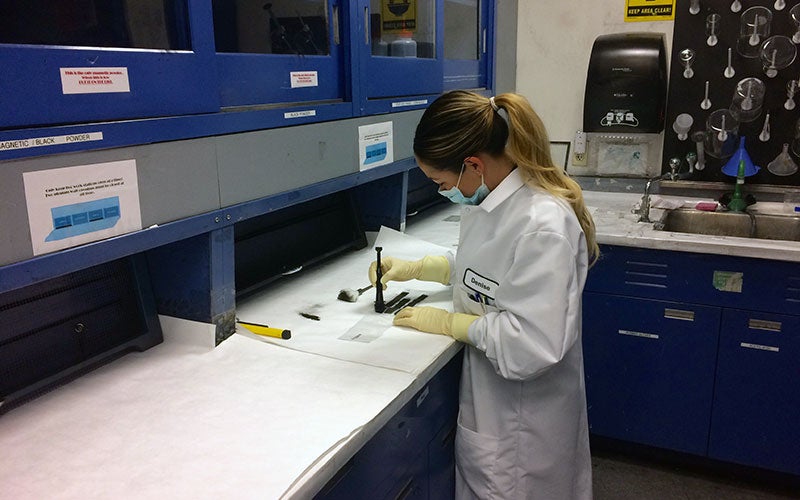
The Crime Scene Unit is staffed with Crime Scene Specialists who are on call on a rotational basis. Crime Scene Specialists respond to homicides, death investigations, officer-involved shootings, vehicle processing, subject processing, search warrants and other crimes at the discretion of scene detectives.
Crime Scene Specialists are responsible for locating, documenting, collecting and preserving physical evidence from crime scenes. They primarily use forensic photography to document crime scenes to include aerial, macro, daylight laser trajectory and low light photography, including Luminol and painting with light techniques.
Crime Scene Specialists are proficient in latent print processing using a variety of techniques such as Cyanoacrylate Ester Fuming, fingerprint powders, fluorescent dye stains and chemical enhancers for bloody items, papers and adhesive surfaces.
Crime Scene Reconstruction
Crime Scene Reconstruction is a collateral duty of laboratory Criminalists and includes a variety of scientific analyses such as bloodstain pattern interpretation and bullet trajectory determination. These sub-disciplines of the forensic sciences are useful primarily in the field, and occasionally in the laboratory.
Careful examination of bloodstain patterns can help determine the point of origin of the bloodstains and provide information as to the mechanism that caused the blood droplets to be produced. Examination of bullet holes can help determine the distance between the shooter and the target and the angle at which the bullet was fired. Bloodstain pattern interpretation and trajectory determination are useful in that they can be used to reconstruct crimes.
Firearms
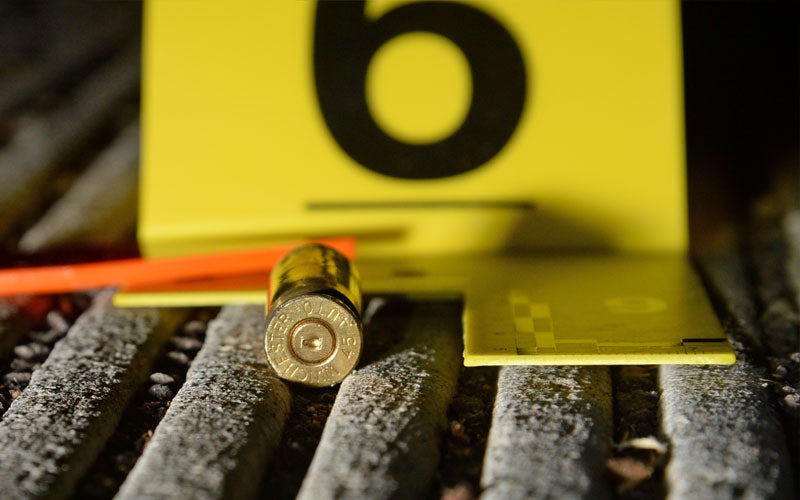
The Firearms Unit analyzes firearms, ammunition and other related evidence to provide investigative leads and connect crime incidents.
Microscopic examinations are performed to evaluate if a fired bullet or fired casing was shot by a particular gun. The Integrated Ballistic Identification System, or IBIS, is a nationwide computer network that contains test fires from submitted firearms and crime scene evidence that can be correlated to find tentative matches between cases.
Other important examinations conducted by the unit include operability to determine if a firearm functions as designed by the manufacturer as well as serial restoration in which a variety of techniques can be used to restore an obliterated serial number on a firearm.
Forensic Biology
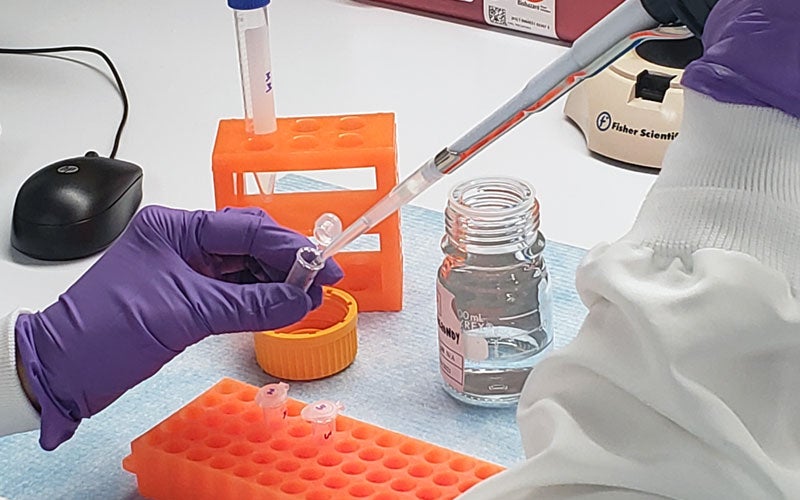
The Forensic Biology Unit examines physical evidence to locate, identify and perform DNA testing on a range of biological materials. The testing process includes identification of the suspected biological material, DNA extraction/purification, estimation of the amount of human DNA in the samples, and PCR (polymerase chain reaction)-based amplification of the samples to generate DNA profiles obtained from the evidence items that are used for comparison purposes.
With the aid of software programs, comparisons are made to DNA profiles from individuals (victims, suspects or witnesses) thought to be associated with the crime in question or, alternatively, to the Combined DNA Index Systems (CODIS) databases, which can be queried for potential investigative leads.
Forensic Chemistry
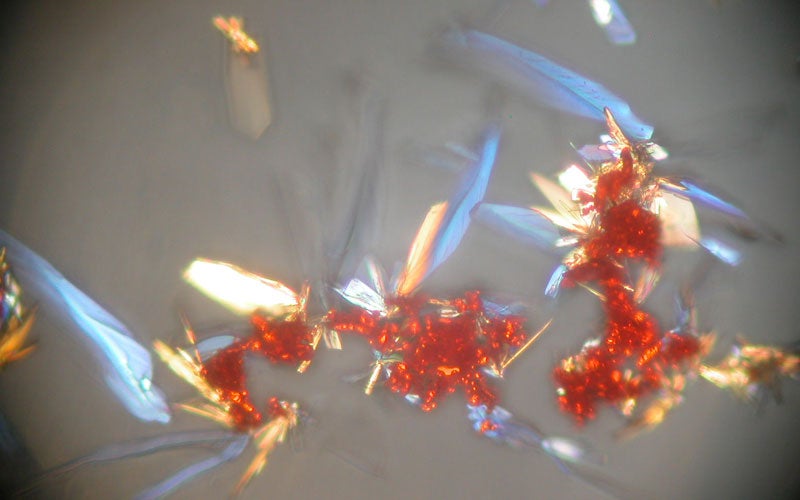
Forensic Chemistry is comprised of two disciplines: Seized Drug Analysis and Forensic Alcohol Analysis.
Suspected drug evidence is analyzed using a variety of chemical and instrumental techniques, including crystal tests, infrared spectroscopy and gas chromatography-mass spectrometry. The most common drug analyzed is methamphetamine, along with heroin and fentanyl. Analyzing thousands of items per year, the analysts in Forensic Chemistry testify as expert witnesses in court more than any other unit in the laboratory.
Forensic alcohol analysis is conducted on blood samples, mainly from subjects suspected of driving under the influence of drugs or alcohol. The amount of alcohol present in these samples is determined and many of them are sent out for additional testing for drugs. The Forensic Chemistry Unit also runs the breath alcohol program for the San Diego Police Department and oversees the maintenance of the breath testing instruments
Forensic Technology
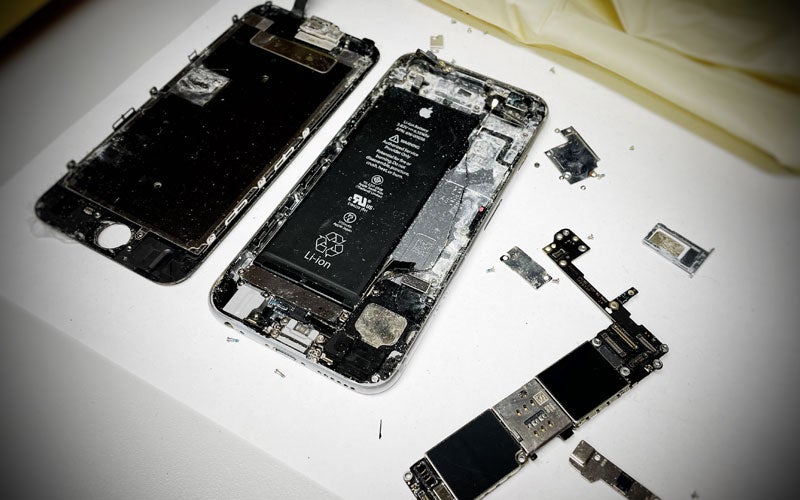
The Forensic Technology Unit’s primary responsibility is to extract data from cell phones, tablets and other mobile devices.
In addition to making calls, today’s mobile devices are capable of sending messages, taking photos and videos, networking with friends, browsing the Internet, watching TV and movies, playing games, providing directions, shopping, banking and much more. Because of this, the data extracted by the Forensic Technology Unit can provide investigators with crucial information and evidence to aid in solving crimes.
Latent Prints
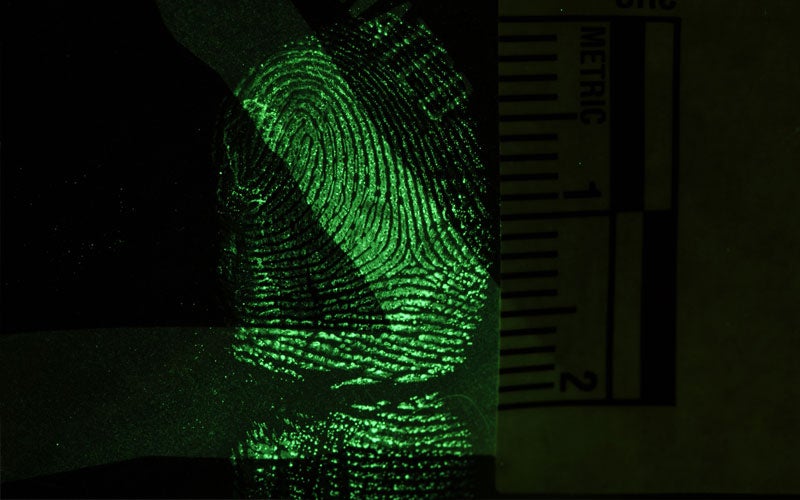
The Latent Print Unit analyzes, compares and evaluates latent print evidence recovered from crime scenes. A “latent” print is a fingerprint that has been left behind on a surface. Often referred to as chance impressions, latent prints are not readily visible to the naked eye. The visualization of latent print evidence requires development using chemical or physical methods such as black fingerprint powder.
The Latent Print Unit analyzes all latent print evidence that has been developed, preserved and collected within the City of San Diego. All suitable latent prints can be searched through various Automated Fingerprint Identification Systems or compared directly to the known prints of an individual associated with the case.
Additionally, with technological advancements in the field, the Latent Print Unit has had tremendous success in providing investigative leads for both current and cold cases. Latent print evidence has been and continues to be an extremely effective tool used in law enforcement.
Polygraph
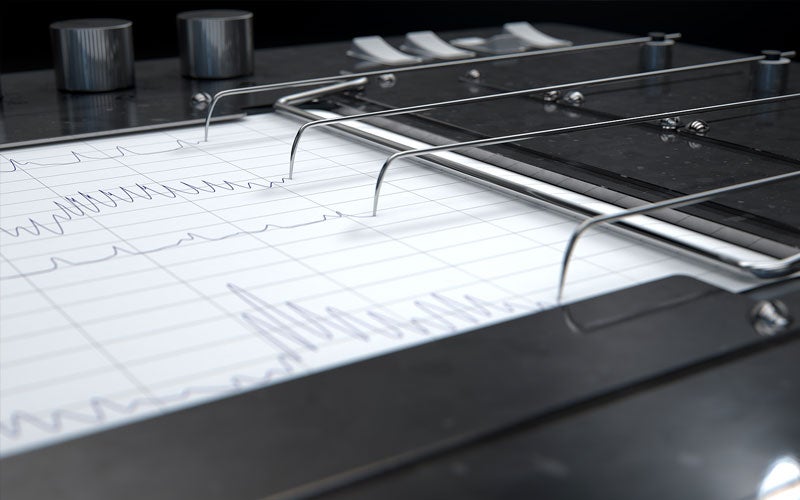
The Polygraph Unit provides credibility assessment support by conducting diagnostic and screening examinations of the various investigative units of the San Diego Police Department.
Diagnostic examinations are used in event-specific incidents whereas screening examinations are used in the background investigations of applicants for employment. The Polygraph Unit utilizes the latest technologies in conducting polygraph examinations.
Trace Evidence
The Trace Evidence Unit examines the largest range of types of evidence and uses the widest range of analytical methods of any unit. Trace evidence analysis deals with the minute transfers of materials that cannot be seen with the unaided eye. The handling and analysis of trace evidence require care and specialized techniques.
The sub-disciplines of evidence examined in this unit include hair, fibers, footwear and tire impressions, fire debris, physical matches, primer gunshot residue and other miscellaneous evidence. Materials can be classified, identified and/or compared with known sources to determine if they share a common origin.
One of the goals of the trace evidence examiner is to determine whether an unknown sample is similar to a known one. Determining whether the known and the unknown are similar may help investigators link a suspect, a victim and the crime scene. Trace evidence recovered from crime scenes can provide powerful leads for law enforcement.
Jobs in the Crime Laboratory
The San Diego Police Department Crime Laboratory offers various non-sworn, professional job opportunities and internships in Forensic Science. The City of San Diego provides a competitive benefits package, including, approximately three weeks vacation time, plus 11 paid holidays, paid family, medical and parental leave, tuition reimbursement up to $2,000 per year, health insurance, life insurance and retirement savings benefits, bilingual pay and more! Background requirements and salary may differ by position.
Questions about working in the Crime Lab? Email SDPDLabJobs@pd.sandiego.gov.
Crime Laboratory Internship Program
Volunteering for the Crime Laboratory provides a professional learning experience that offers meaningful, practical work related to a field of study or career interest. This internship program gives the opportunity for career exploration and development, as well as to learn new skills in a crime laboratory.
Positions are unpaid and require a minimum number of hours per week, depending on the laboratory section or project being offered. Applicants must pass an extensive background investigation, which includes a polygraph examination.
Internship opportunities may be available in a variety of forensic disciplines, including Forensic Biology, Forensic Chemistry, Firearms, Trace Evidence, Crime Scene, Latent Prints and Forensic Technology.

